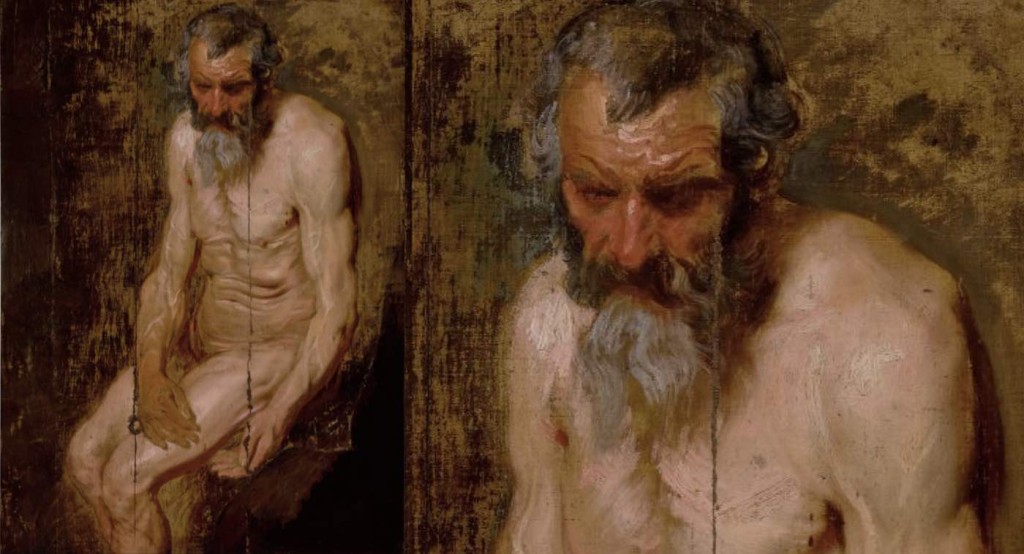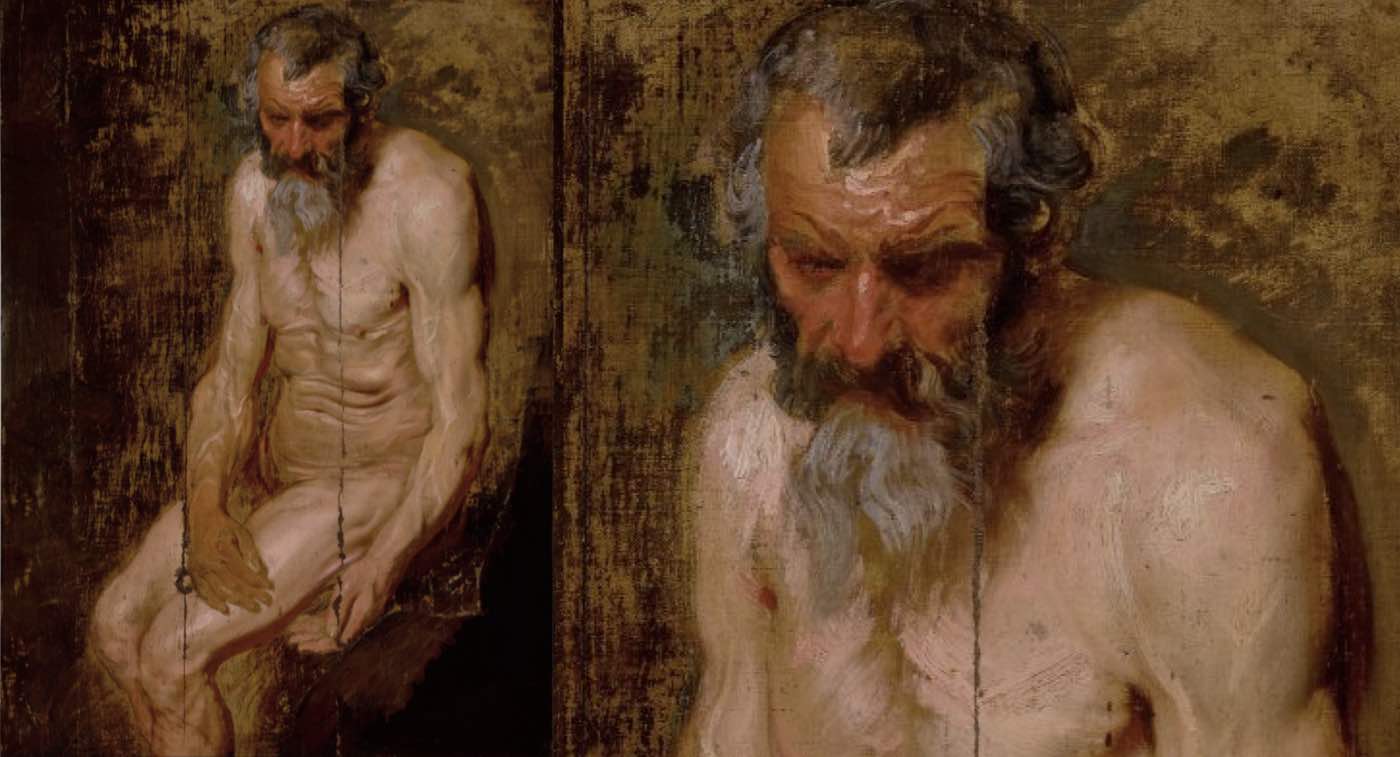
An oil sketch done by Dutch Master Anthony van Dyck is going up for auction soon, after being found discarded in a farm shed covered with bird droppings.
Bought on a hunch for $600 in 2002 from an estate auction, it’s predicted to sell for $3 million when it goes up at Sotheby’s.
While it was found far from the Flemish painter’s home of Antwerp, the farmhouse lay in the town of “Kinderhook” New York, a town settled almost certainly by his countryman. Albert B. Roberts believed it to be a work by a Dutch master of some repute, and bought it for “the excitement of the chase.”
A Study of Saint Jerome is one of only two known live model works completed by the painter Anthony van Dyck. Artnet reports it was “likely created between 1615 and 1618, when the young painter was working as an assistant in Peter Paul Rubens’s Antwerp studio.”
It depicts an elderly man with a long beard slouching on a chair, an interesting dichotomy of sinewy muscle and flabby skin characterizing him as a farmer or laborer. It gives art historians a chance to see a little more of van Dyck’s work as a young man, and thankfully, the bird droppings had landed only on the back paper.
Then-87-year-old Roberts exhibited the painting in 2019 at the Albany Institute of History & Art, the same year he had it authenticated by art historian Susan Barnes.
SIMILAR: The Painting Paid for Grilled Cheese Sandwiches 50 Years Ago – Now Earns the Restaurant Thousands
“I’ve devoted the last 30 years of my life to the search for art that I like to call ‘orphaned’ art, that for one reason or another has been neglected, overlooked, perhaps lost in the shuffle of the art world in different countries,” he said at the time.
Now deceased, some of Roberts’ pieces of ‘orphaned’ art are making up a Sotheby’s “Old Masters” collection.
MORE LIKE THIS: 101-Year-old Woman Is Amazed After Being Reunited with Her Lost Painting Looted by Nazis
Anthony van Dyck became a court painter for Charles I of Britain, whose house revered him for his skill at portraiture. The king knighted van Dyck, and upon his death had him interred at St. Paul’s Cathedral in London.
SHARE This Remarkable Find With Your Friends From The Art World…




















